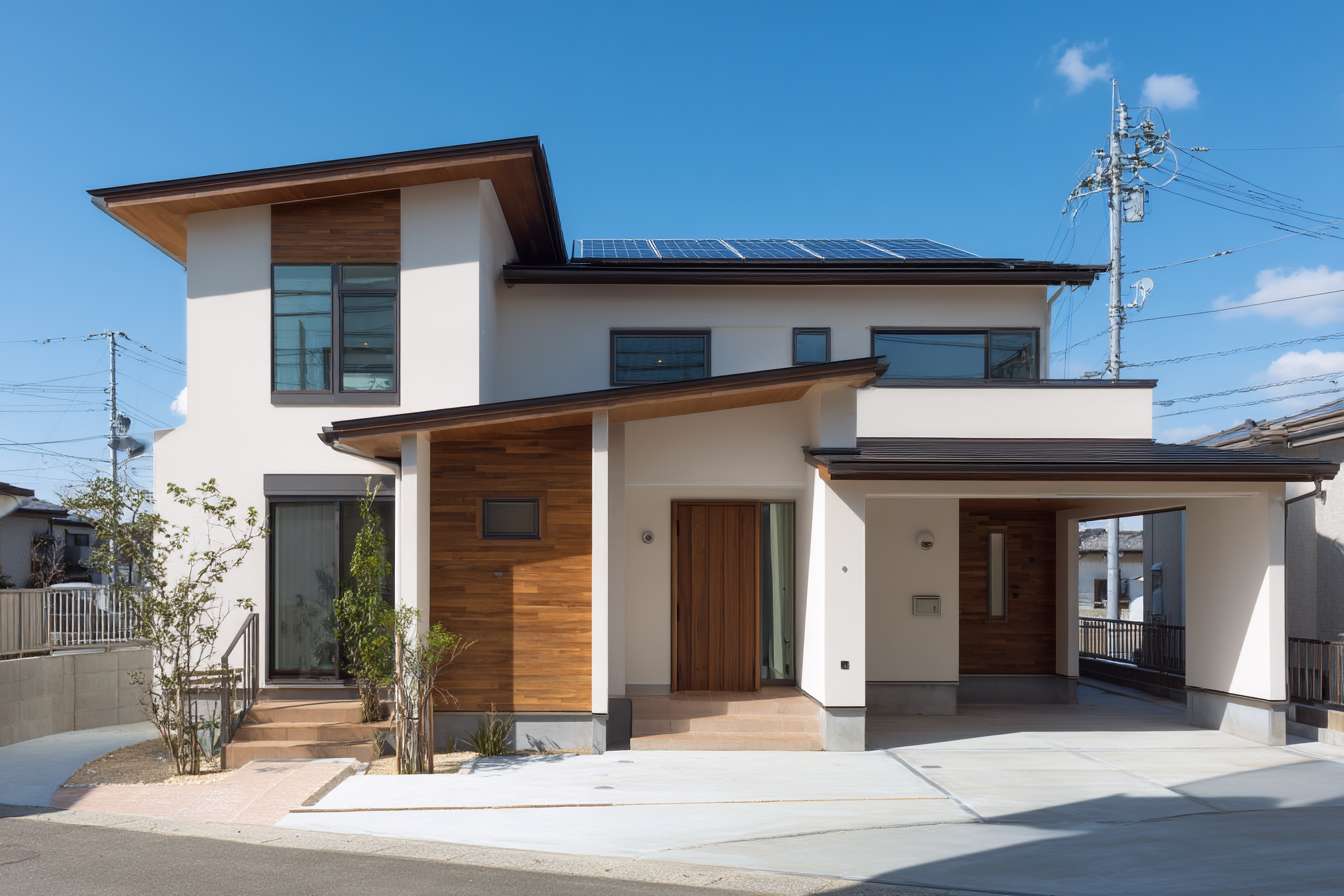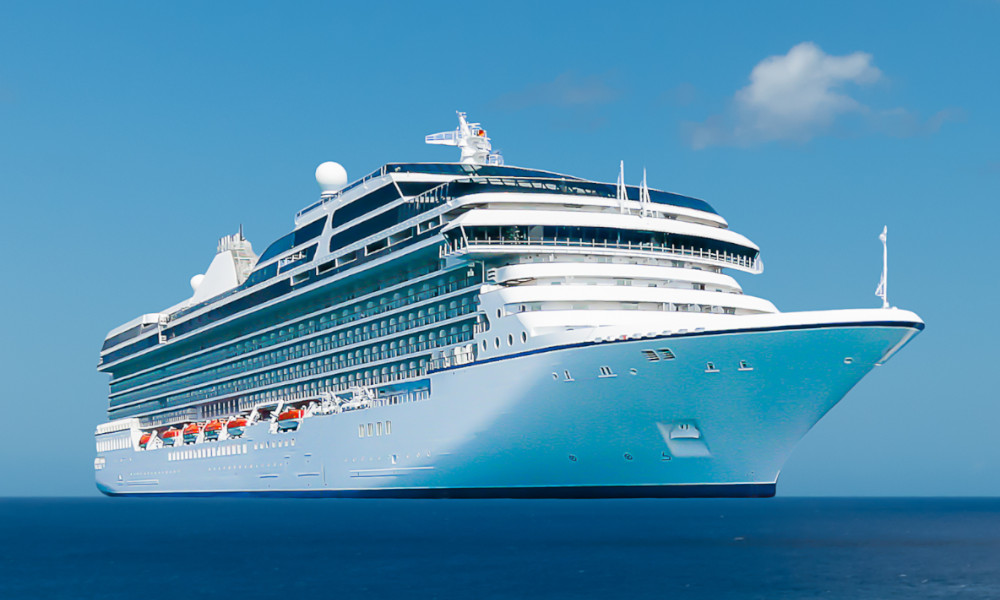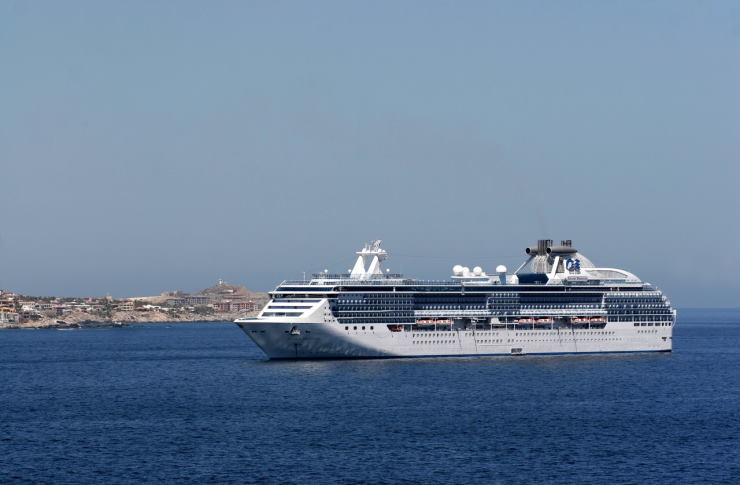Fiberglass Exterior Doors with Glass Inserts: A Complete Buying Guide
Fiberglass exterior doors with glass inserts have become increasingly popular among homeowners seeking the perfect balance between aesthetics, functionality, and durability. These versatile entryways offer the timeless appeal of traditional wooden doors without the maintenance concerns, while the glass elements add character, light, and visual interest. Whether you're building a new home or upgrading your current entryway, understanding the key considerations, styles, and benefits of these doors can help you make an informed decision that enhances both your home's curb appeal and energy efficiency.

What to Know About Fiberglass Exterior Doors with Glass Inserts
Fiberglass exterior doors with glass inserts combine the best of both worlds: the durability and low maintenance of fiberglass with the beauty and light transmission of decorative glass. Unlike traditional solid doors, these hybrid designs allow natural light to filter into your entryway while maintaining privacy and security. The fiberglass material itself is engineered to resist warping, cracking, and rotting—common issues with wood doors—while also providing excellent insulation.
Most fiberglass doors feature a foam core that offers superior thermal performance compared to wooden alternatives. This construction helps maintain consistent indoor temperatures and potentially reduces energy costs. Additionally, the glass inserts are typically double or triple-glazed and can be treated with low-E coatings to further enhance energy efficiency.
For homeowners concerned about security, it’s worth noting that quality fiberglass doors with glass inserts are designed with reinforced frames and impact-resistant glass options. Many manufacturers also offer security glass that’s difficult to break, addressing a common concern about glass elements in exterior doors.
Glass Styles Commonly Found in Fiberglass Entry Doors
The variety of glass styles available for fiberglass entry doors is impressive and allows homeowners to find options that complement their home’s architectural style and personal preferences. Traditional homes often benefit from classic designs like clear beveled glass, which creates prism-like effects when light passes through, or leaded glass with geometric patterns that evoke historical charm.
For those seeking privacy without sacrificing light, obscure or frosted glass provides an excellent solution. These options diffuse light while preventing clear visibility from outside. Textured glass options like rain glass, reed glass, or seedy glass (containing intentional air bubbles) add visual interest while also ensuring privacy.
More elaborate options include:
-
Stained glass inserts that create colorful light patterns in your entryway
-
Wrought iron between glass panels for a Mediterranean or Spanish colonial look
-
Prairie-style grids popularized in Craftsman and Mission-style homes
-
Full-light doors with large glass panels for maximum natural light
-
Sidelights and transoms that complement the main door’s glass style
Many manufacturers also offer customizable glass inserts that can feature house numbers, family names, or unique artistic designs to truly personalize your entryway.
How These Doors Might Compare to Wood or Steel Glass-Panel Options
When comparing fiberglass doors with glass inserts to their wood or steel counterparts, several important distinctions emerge. Traditional wood doors with glass panels offer undeniable aesthetic appeal and authentic craftsmanship. However, they typically require significant maintenance, including regular sanding, staining, and sealing to prevent weather damage. Wood is also more susceptible to warping, rotting, and insect damage—especially in humid or rainy climates.
Fiberglass doors, by contrast, can closely mimic the appearance of wood grain while requiring minimal maintenance—typically just occasional cleaning. Many homeowners find the trade-off worthwhile, especially since modern manufacturing techniques have greatly improved the realism of wood-look fiberglass options.
Steel doors with glass inserts generally offer the highest level of security and durability against forced entry. However, they are more prone to denting and scratching than fiberglass alternatives. Additionally, steel doors can transfer temperature more readily, potentially creating cold spots near the entryway in winter months.
From an insulation perspective, fiberglass doors typically outperform both wood and steel options. Their foam core construction provides superior R-values, contributing to better energy efficiency year-round.
Price-wise, fiberglass doors with glass inserts usually fall between wood (most expensive) and steel (most affordable) options, offering a middle-ground solution that balances quality, aesthetics, and budget considerations.
Things to Consider Before Choosing a Fiberglass Door with Glass Panels
Before investing in a fiberglass exterior door with glass inserts, several key factors merit careful consideration. First, evaluate your climate conditions—while fiberglass performs well in most environments, extreme weather may influence your glass selection and door construction. For instance, homes in hurricane-prone regions may require impact-resistant glass inserts.
Privacy needs should also influence your choice of glass style and coverage. Full-light doors offer maximum natural illumination but minimal privacy, while smaller decorative inserts or frosted glass options provide a better balance for front entrances facing public areas.
The orientation of your entryway affects how much direct sunlight the door will receive. South and west-facing doors experience more intense sun exposure, which can impact both your comfort and the door’s longevity. In these situations, consider low-E glass coatings to reduce heat transfer and protect interior furnishings from UV damage.
Security concerns are valid when incorporating glass into any exterior door. Look for reinforced frames, multi-point locking systems, and tempered or laminated glass options that resist breaking. Many manufacturers now offer security glass specifically designed to withstand impact while maintaining aesthetic appeal.
Finally, consider your budget not just for the initial purchase but for the long-term value:
| Door Type | Approximate Cost Range | Lifespan | Maintenance Requirements |
|---|---|---|---|
| Fiberglass with Glass | $1,500-$5,000+ | 15-30+ years | Low (occasional cleaning) |
| Wood with Glass | $2,500-$8,000+ | 20-40+ years with proper care | High (yearly refinishing recommended) |
| Steel with Glass | $700-$3,500 | 5-15+ years | Medium (touch-ups for dents/scratches) |
Prices, rates, or cost estimates mentioned in this article are based on the latest available information but may change over time. Independent research is advised before making financial decisions.
Installation costs typically add $300-$1,000 depending on whether you’re replacing an existing door or creating a new opening. Custom glass designs or specialized energy-efficient treatments may also increase costs substantially.
In the long run, fiberglass doors with glass inserts offer an excellent balance of initial investment, longevity, and reduced maintenance costs—making them an increasingly popular choice for homeowners seeking both practical benefits and aesthetic appeal in their entryway design.




